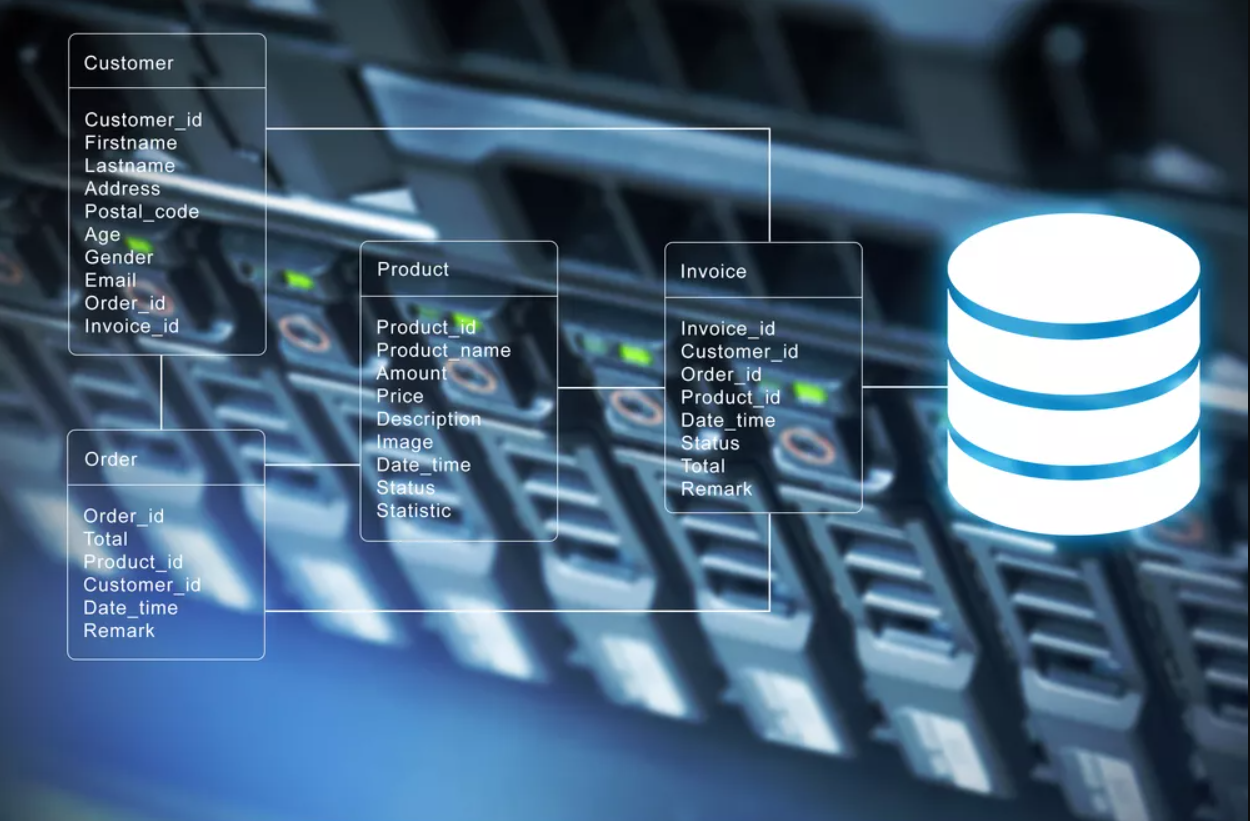Blog
SAP HANA: How Security Works for Deployment Options and Scenarios
May 17, 2023
May 17, 2023

Source: Shutterstock
SAP HANA (High-performance ANalytic Appliance) is the answer to the market’s increasing demand for faster and better-performing database management systems (DBMS). This iteration is known for its cloud-friendly and improved in-memory database features, which allow SAP HANA to be used for data-intensive computing operations—from business intelligence and analytics to CRM and warehousing.
Over and above these advantages, security remains one of the biggest factors for enterprises when choosing the best DBMS solution. Here, the SAP HANA platform features a well-designed and comprehensive framework that covers all the bases in protecting data and maintaining its integrity. This includes aspects such as data privacy, authentication, and encryption. Moreover, the platform features robust cloud security tools to ensure data security and integrity at all times.

Source: Shutterstock
Before we dive into the details of the SAP security offerings, let’s look into its standard deployment options and scenarios.
SAP HANA’s flexibility means that customers have three different deployment options: via public cloud, private cloud, or a hybrid option featuring both.
The public cloud option requires connecting to a publicly-available cloud provider. Public cloud deployment makes for a cost-effective option compared to running your own cloud servers, as you get to share resources and services with other clients. Despite the “public” label, customers have exclusive access to their applications, files, and data residing on the servers.
In contrast, with private cloud deployment you have the entire resources of a cloud server dedicated exclusively to your company’s needs. A managed private cloud system might be the best option for larger businesses requiring a lot of customization and fine-tuning.
As the name implies, hybrid deployment combines elements from both public and private cloud solutions. Large enterprises operating out of multiple, widespread locations often require both these cloud deployment options to ensure operational continuity.
A fourth option is the SAP-managed cloud. Using the HANA Enterprise Cloud (HEC), clients enjoy the benefits of the public cloud along with technical application management services. This setup is ideal for companies running straightforward database operations. It also helps if the internal system admins are familiar with SAP structures and processes.
From a security perspective, enterprises need to consider various security scenarios when planning projects. This allows administrators to provide for for any potential challenges and develop the appropriate actions for mitigation.
Customers can utilize SAP HANA as a relational database for applications such as SAP Business Warehouse or SAP Business Suite. Security is fairly basic, with the application server layer implementing features such as end-user authentication, authorization, user management, encryption, and auditing. Here, SAP HANA primarily serves as the data engine that helps process data operations. Users don’t have direct access to SAP HANA, which removes the need for advanced security functions.
SAP HANA specializes in analytics reporting, thanks to its fast, in-memory database features. In a typical data mart scenario, data is copied from another SAP source or linked via federation. SAP HANA then provides users with read-only access to customer-specific reports and dashboards. In addition, data normally residing in the SAP application layer is made available for analytics on the SAP HANA platform. The security model is project-specific, with end users required to access privileges emanating from SAP HANA itself.
The XS advanced model serves as the default framework for native application development. This embraces a wide array of languages, such as SQLScript, Java, or node.js. The resulting application runtimes communicate directly with the SAP HANA database via SQL. Application platforms enjoy flexible security scenarios. As such, you can install XS advanced directly on the SAP HANA server, a separate host, or even a separate network. The latter option allows you to place a firewall between the application and database layers.

Source: Shutterstock
SAP HANA provides several functions and applications that help enforce strict security policies and assign access controls, which integrate with existing user provisioning infrastructures.
You need an account to sign into SAP HANA. Individuals may be assigned end-user, technical account or database administrator access. In addition, admins can create user groups to manage users and assign related security policies.
SAP HANA requires the authentication of users, and the system allows administrators to set the authentication options and policies. Admins can customize policies regarding password configuration, complexity, and shelf life—as well as additional security settings such as forcing a new password setup upon the first login. Furthermore, SAP HANA supports authentications against Lightweight Directory Access Protocol (LDAP) servers.
In addition, SAP HANA controls user access to the system and data based on their access credentials. Roles are set and assigned to every user, which effectively limits the information each user can view and access. Moreover, administrators are able to separate role design and role assignment to end users. As an added layer of security, data administrators do not automatically receive access to content or data of schemas and views.
Data masking helps hide sensitive data from users with limited roles/access. As a result, even power users and administrators won’t see information that’s not part of their job. SAP HANA supports dynamic data masking. This means that even when masking is applied to data, the original database copy remains unchanged. Meanwhile, data anonymization helps protect confidential data while allowing access to authorized users for analytics. With data anonymization activated, users can generate insights from data to which they have no direct access. Both data masking and data anonymization features are fully integrated in SAP HANA’s access policies.
While user roles and limits help define who gets access to information, encryption adds another security layer to data protection. SAP HANA has comprehensive encryption capabilities that apply to both idle and active data. The platform provides encryption services for backups, data and logs, columns, communications, and applications. Further, SAP HANA utilizes the secure store in the file system (SSFS) to secure all root keys.
When implementing a new DBMS, partnering with the best SAP service provider—someone who know the platform inside and out—is key. Instead of assembling an in-house team from scratch, you’ll have access to Approyo’s technical know-how and manpower to get your system up and running in next to no time. This includes assistance in areas such as hosting and managed services, upgrades, and migrations. Moreover, Approyo’s expert-level knowledge of SAP HANA architecture helps you identify security risks—and provide solutions for prevention and mitigation.
Approyo can make your company’s transition to SAP HANA safe, secure, and hassle-free. For answers to all your solutions, questions, or concerns, visit Approyo online today.